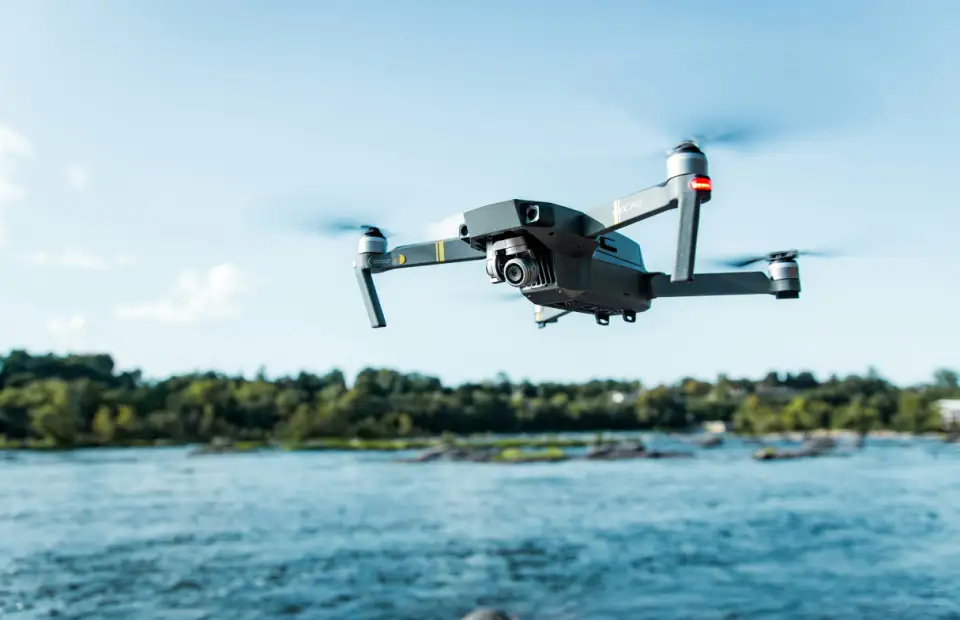Our Imagination of the Future
Have you ever seen a scene like this in a science fiction movie: In a future city, low-altitude traffic tracks connect thousands of households, and people can easily travel by driving home-use aircraft, soaring through the skies. Drones shuttle orderly between cities, becoming humanity’s "third hand," completing missions wherever needed. In reality, from consumer scenarios like food delivery and sightseeing to production scenarios such as power inspections and emergency management, the low-altitude economy is rapidly approaching us. It is set to become a new entrepreneurial trend in the next 10 years.
What Industries are Included in the Low-Altitude Economy?
The low-altitude economy is a comprehensive economic model that relies on low-altitude airspace and involves low-altitude flight activities of both manned and unmanned aircraft, driving the development of related sectors. It features a long industrial chain, complex application scenarios, diverse participants, and involvement from multiple departments and fields.
Products related to the low-altitude economy mainly include drones, eVTOL (electric vertical takeoff and landing aircraft), helicopters, etc., and are widely applied in fields such as agriculture, logistics, transportation, emergency rescue, and cultural tourism. These play a crucial role in building a modern industrial system.
Current Status of the Low-Altitude Economy
The low-altitude economy, integrating modern technology and emerging industries, is rapidly moving to the forefront of economic development at an unprecedented speed. According to the latest data from authoritative agencies, the global low-altitude economy market is expected to exceed 2.32 trillion yuan by 2024, showcasing its enormous market potential and broad development prospects. As an important player in the development of the low-altitude economy, China has already achieved a market size of 505.95 billion yuan in 2023, with a growth rate of 33.8%.
Why Will the Low-Altitude Economy Inevitably Rise?
The rapid rise of this emerging sector is not accidental. Behind it is a combination of factors including technological innovation, policy support, and market demand. In terms of technological innovation, breakthroughs in technologies like drones and low-altitude aircraft provide solid technical support for the development of the low-altitude economy. On the policy front, China has explicitly stated its intention to vigorously develop the low-altitude economy, injecting powerful momentum into its growth. Additionally, as urbanization accelerates and people’s demand for convenient, efficient services increases, the application scenarios for low-altitude economy in logistics, emergency rescue, tourism, and sightseeing are becoming more diverse, and market demand continues to expand.
Since 2024, the enthusiasm for the low-altitude economy has been increasing. Innovative applications such as drone delivery have already begun to roll out in China, bringing significant convenience to people's lives.
China Establishes "Low-Altitude Economy Development Department"
According to the National Development and Reform Commission (NDRC) website, a "Low-Altitude Economy Development Department" has been established under the NDRC's "Institutional Setup."
The "Department Speech" on the website indicates that the Low-Altitude Economy Development Department is responsible for formulating and organizing the implementation of strategies for the development of the low-altitude economy, drafting medium- and long-term development plans, proposing policy recommendations, and coordinating major issues related to this field.
The establishment of the Low-Altitude Economy Development Department marks the optimization of management mechanisms for low-altitude sectors in China and the upgrading of industry standardization. Currently, low-altitude companies face issues such as limited airspace access and inconsistent standards. The establishment of a dedicated management department not only addresses these issues effectively but also provides more policy support and resource allocation for low-altitude development. At the same time, it clarifies regulatory responsibilities and development goals, offering more stable institutional guarantees for the low-altitude industry and providing clearer direction for startups in the sector.


